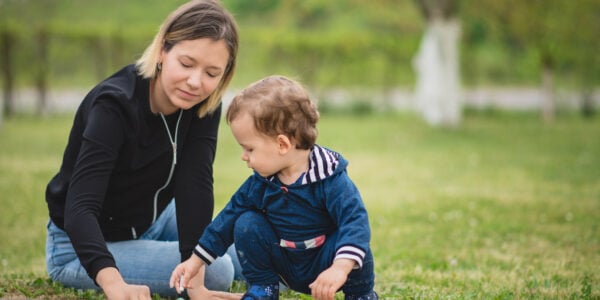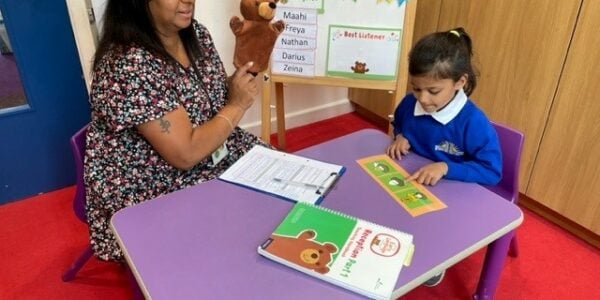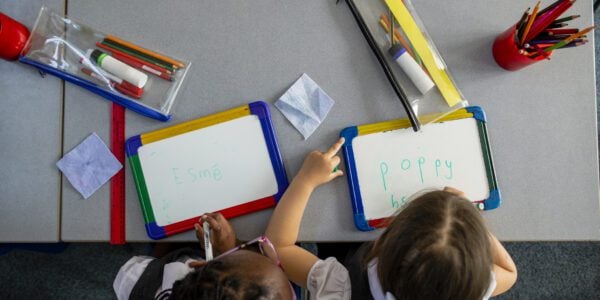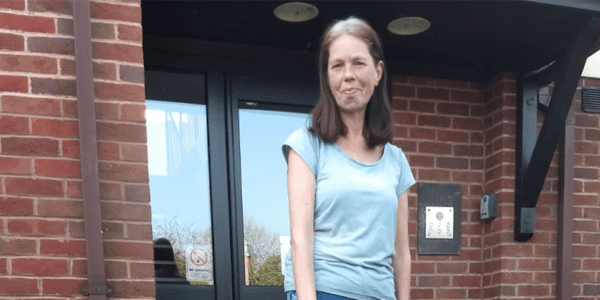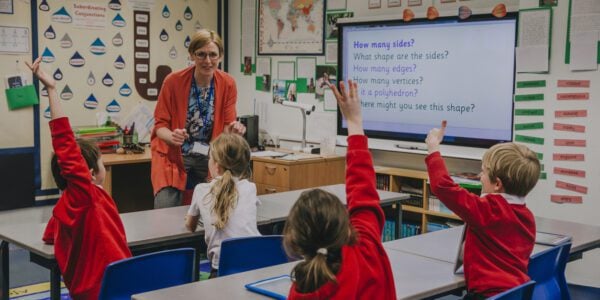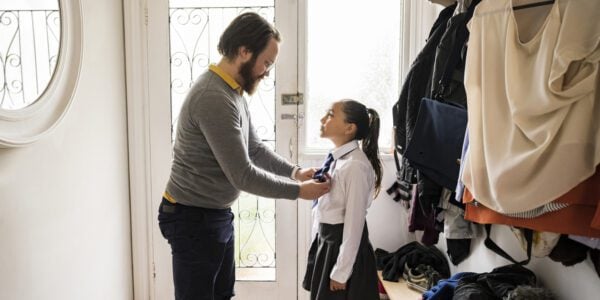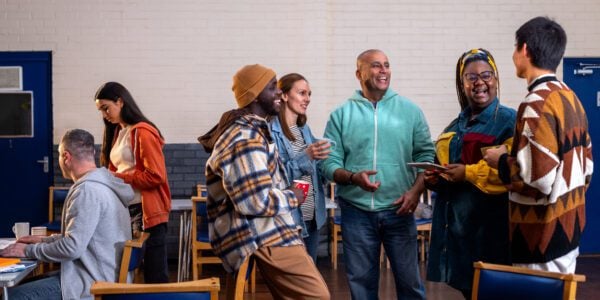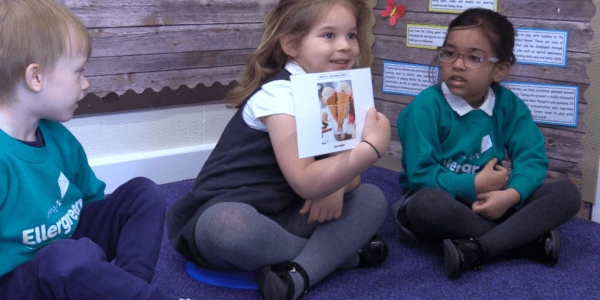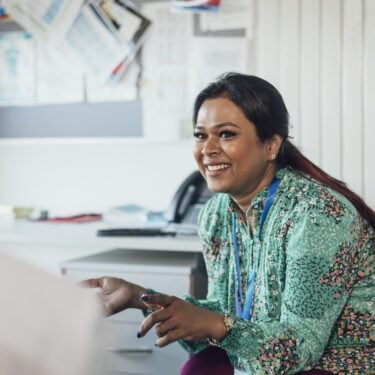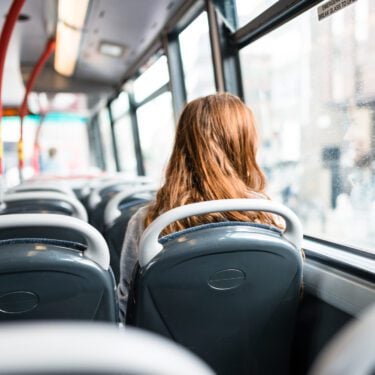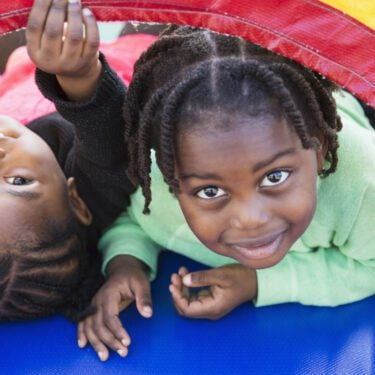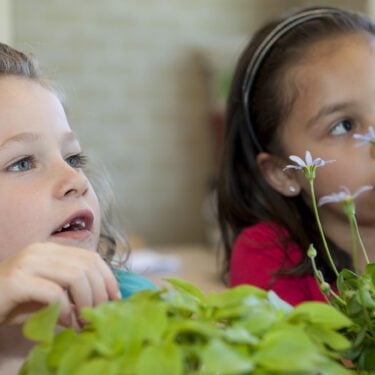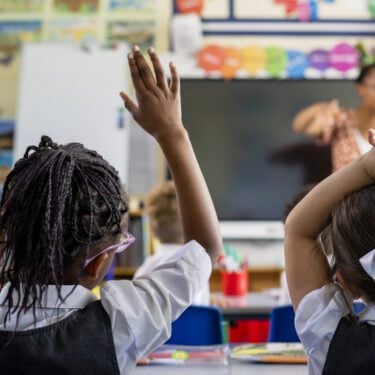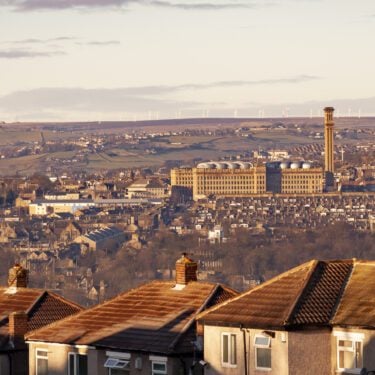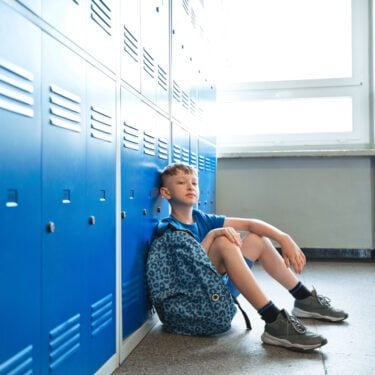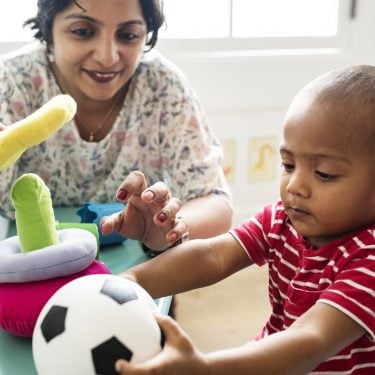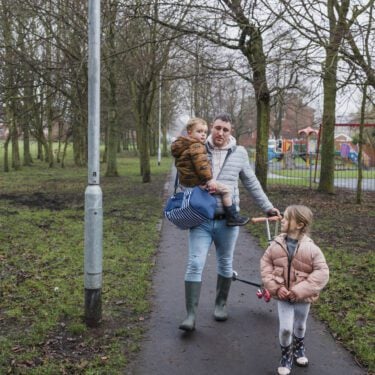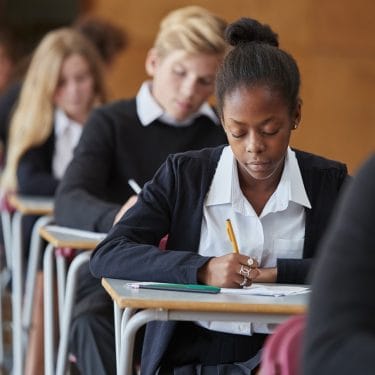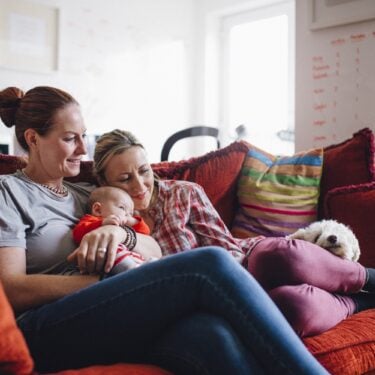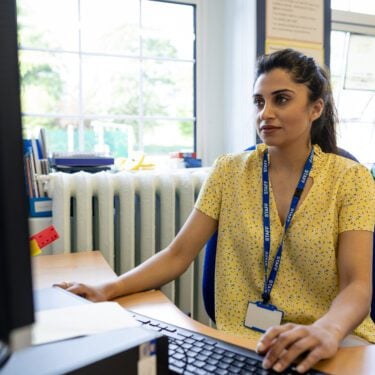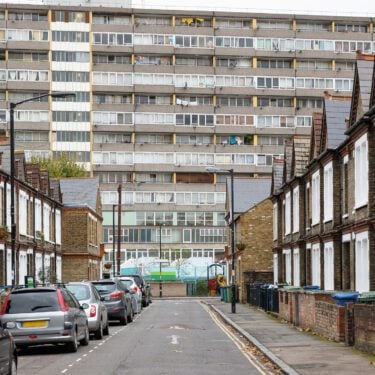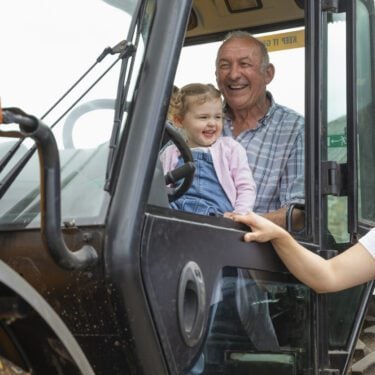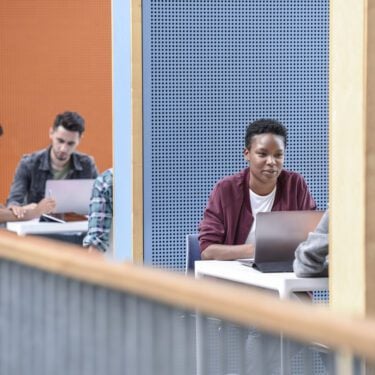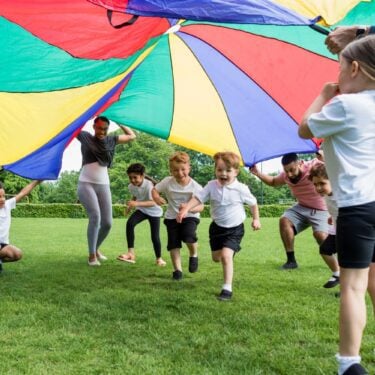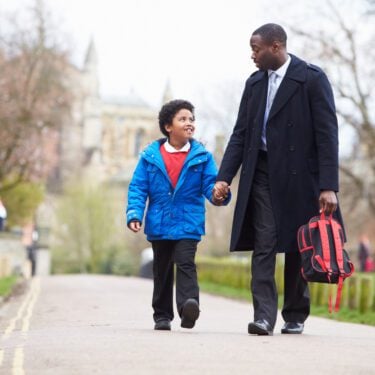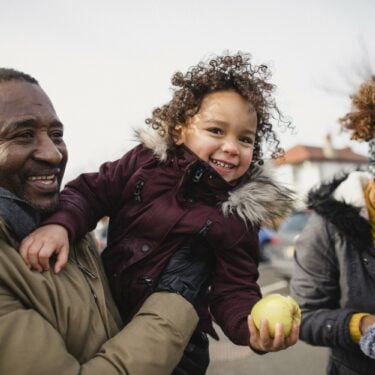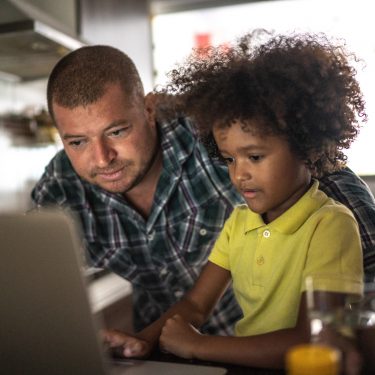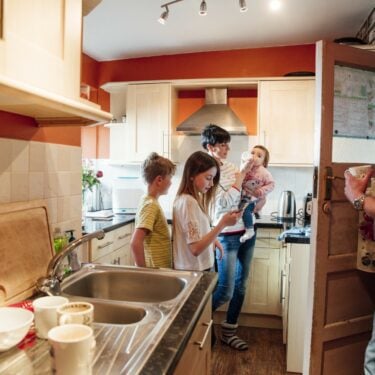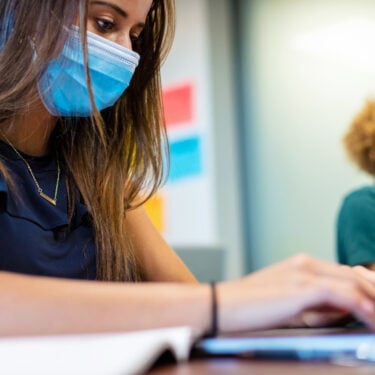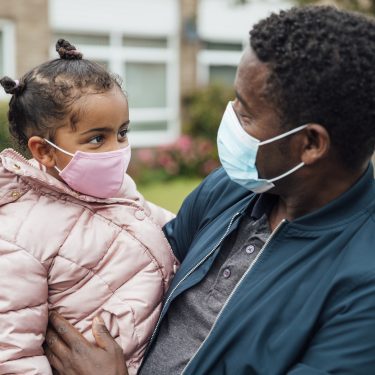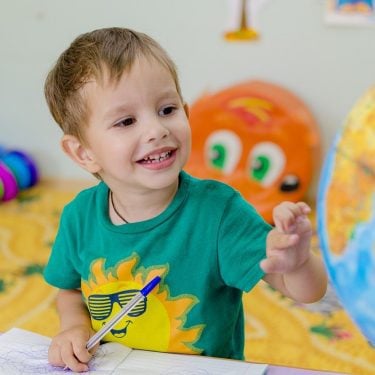
14/09/21
1 min read
The latest review in our Changing face of early childhood series provides analysis of patterns in early childhood poverty, in particular for children under five, over the last two decades. Here we provide a summary of the data trends, highlighting key learnings from the review.
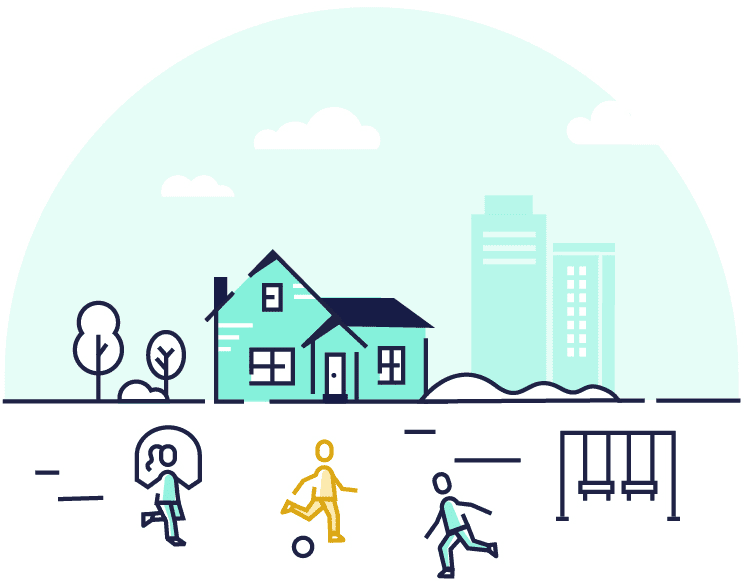
Nearly one in three children live in poverty in the UK
31% of all children in the UK are living in relative poverty. For children living in families where the youngest child is under five this proportion increases to 36% – 2.2 million children.
Younger children are at the greatest risk of poverty
Rates of child poverty are lower now than 20 years ago but have been rising since 2013/14. The increase is greatest for children in families where the youngest child is under one year old.
The risk of poverty is not the same for all families
The largest increase in child poverty has been for families with three or more children.
Rates of poverty for families with three or more children where the youngest is under five increased from 33% to 52% between 2013/14 and 2019/20.
For families with one or two children, the rate of poverty decreased slightly in the same period (from 28% to 26%).
Children from some ethnic minority backgrounds face a higher risk of poverty.
71% of children in households where the youngest child is under five from Bangladeshi backgrounds live in poverty, compared to 29% of children from Indian backgrounds and 30% from White backgrounds.
This reflects the younger age profile of some ethnic minority groups, but also structural inequalities and discrimination, including higher rates of unemployment, lower earnings, part-time working and in some cases, larger family size.
Rates of poverty for children living in households where the youngest child is under five and in lone parent families are twice as high as those for children living with married or civil partnered parents – 57% compared to 28%.
Children with working parents account for an increasing share of all children in poverty.
Since 2013/14, rates of poverty for families with at least one child under five and at least one parent in part-time work increased from 38% to 64%, almost the same level as for children whose parents are unemployed.
Regional differences in child poverty across the UK
Child poverty in families where the youngest child is under five are higher in England than in Wales, Scotland and Northern Ireland.
Within England, the North East has the highest rate of early childhood poverty, followed by London. Rates are lowest in the South West. In the South East and East of England, early childhood poverty is higher now than it was 20 years ago (three-year average).
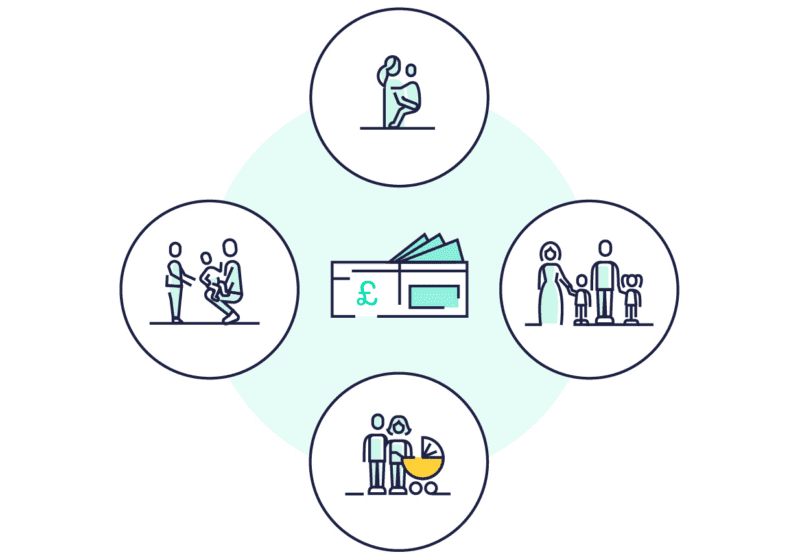
What do we mean by poverty?
Our data on poverty comes from Households Below Average Income statistics, which define relative poverty as household income below 60% of median income after housing costs. It is adjusted for family size, which means:
- £248 or less a week for a lone parent with one child.
- £305 or less a week for a lone parent with two children.
- £342 or less a week for a couple with one child.
- £399 or less a week for a couple with two children.
Over half a million children in the UK are destitute
A proportion of children living in poverty are destitute, meaning they lack essentials such as food, shelter and clothing. The number of children experiencing destitution grew by 52% between 2017 and 2019, affecting 550,000 children (all ages).
- £95 or less a week for a lone parent with one child.
- £145 or less a week for a couple with two children.
What do we need to know more about?
-
How different aspects of poverty and deprivation in families with young children intersect with factors such as ethnicity, disability, where people live, and housing.
-
How parents’ experience of in-work poverty and insecure working affects how they parents and their access to early years services.
-
The experiences of children who are not included or little analysed in the major data sources on family incomes, such as young children with disabilities.
-
The specific experience of poverty and deprivation for children under five, particularly digital poverty and food insecurity.
-
The implications of the varying levels of financial support and access to services available at different stages in a young child’s life from birth to age five.
-
The relative effectiveness and cost of different policy approaches to improving the financial, social and emotional security in early childhood in the short, medium and longer term.
Poverty is about both economic disadvantage and the tangled pressures that can influence the responses and behaviours of those caught within it. In the full review, we highlight key insights from work the Nuffield Foundation has funded and explore the implications of current changes, including the impact of COVID-19, on young children’s lives. We set these new insights in the context of existing evidence by synthesising and critically appraising a large body of evidence, and highlighting connections and tensions, as well as gaps and uncertainties.
Read the full report
All data gathered from Department for Work and Pensions Households below average income: for financial years ending 1995 to 2020 HBAI (DWP 2021) unless stated otherwise.
